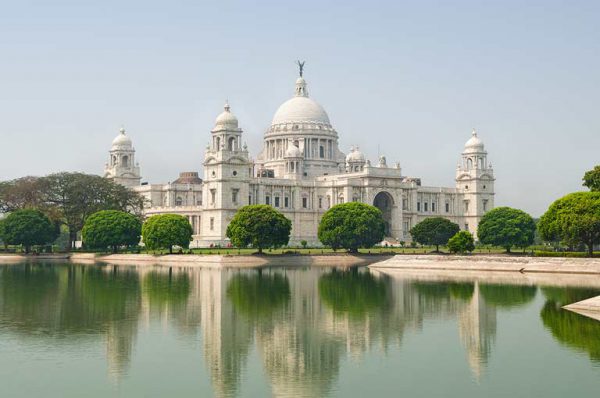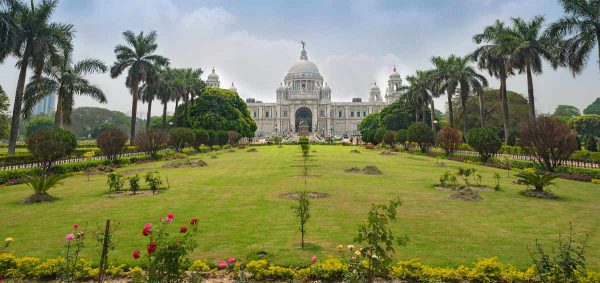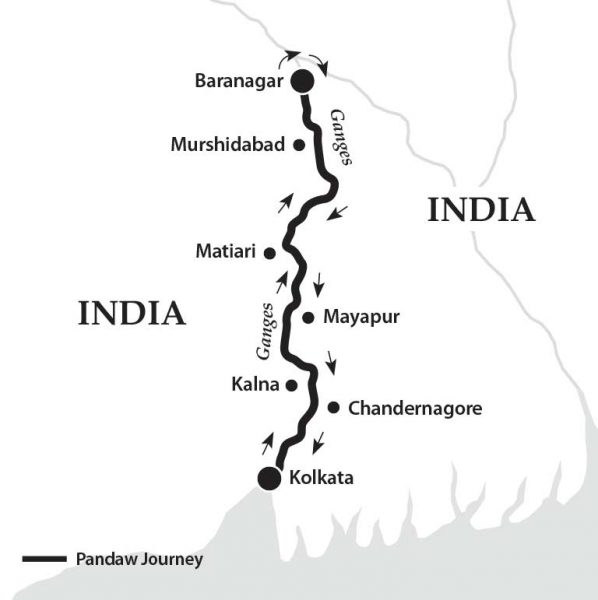KOLKATA, 6 April 2020: The proverbial ‘Little Europe’ by the Bhagirathi-Hooghly river still holds remnants of European culture for visitors today.
An evident history of churches, cemeteries, mansions, and clock towers spells over 400 years of their presence in the Lower Ganges. The little remains of these European colonial settlements can usher you into a rich history of trade and culture. While several lost architectures have forever erased the impressions of the Germans and Austrians from the Bhagirathi-Hooghly river area, the ‘Little Europe’ or the Lower Ganges still is one of the best-kept secrets of Bengal.

These areas need heavy preservation and looking after owing to the influx of many tourists and travellers interested in indulging in the rich history of the Lower Ganges.
Riverside architectural heritage
The colonial remains on the Lower Ganges banks take you back to a simpler time and make you wonder how the trade and culture used to be. It all started when in circa 1498, Vasco da Gama, the Portuguese explorer, set foot in the area. The Portuguese’s interests in the now-West Bengal’s trade routes increased, and they soon built a settlement in the Bandel area. Soon after that came the Dutch in Chinsurah, the Danish in Serampore and the French in Chandannagar.
This was long before the British even had an idea, let alone interest, in India and its trade routes. With time, these European settlements kept peacefully encroaching towards the islands of Bengal. The Hooghly river was their only source of navigation in the thick area in those years, which is why we see an abundance of settlements along its banks.


With more Europeans settling in the Lower Ganges area, the trade continued to flourish, thus attracting the attention of more Europeans. Fortified settlements started coming into the picture. With more houses and storehouses came Europeans who lived there for longer times. This eventually led to the construction of churches and other places of worship. As and when time went by, with their children taking on their jobs, cemeteries were constructed too.
Glimpses of Europe on the Ganga
It was around 1599, roughly a hundred years after the first Portuguese set foot in the Lower Ganges, that the Portuguese built the first Christian church of Bengal. About thirty years after its construction, in 1632, Shah Jahan, the Mughal Emperor of India, attacked the settlement, destroyed it and took its head priest, Father Joan De Cruz, prisoner. He was thrown in front of an elephant to be killed, but the elephant is said to have, instead, lifted him and seated on its back.
Shah Jahan was floored by this episode and decided to pardon the Portuguese traders. He gave them fresh land as a gift for them to build their churches and expand their settlements. In 1673, the French settlers in Chandannagar received permission from yet another Mughal Subedar, Ibrahim Khan, to establish a French trading port on the Hooghly river. Later, for a short while, Chandannagar was also considered as a major European trade centre.
In 1825, the Dutch settlement in Chinsurah was destroyed to ruins when the British came into India and demolished the Dutch fort of Gustava. Over the years, many churches, clock towers, and trade buildings of the Dutch were destroyed by the British. However, the Dutch cemeteries constructed under the ancient Bengal trees survived. The earliest grave in this cemetery is said to have dated back to 1743.
Portuguese stronghold – Bandel
When the Portuguese arrived in Bengal, the Mughals were the reigning rulers of India. They had been ruling India for quite a long time then. When the Portuguese began trading in the Lower Ganges area, they never obtained any sort of permission from the Mughals in the first place. Trade continued to grow, and the region became flourishing both in trade and culture.
Dutch instilled historical wonders
In 1615, the Dutch settled down in the Chinsurah area of current West Bengal. Today, the town of Chinsurah is just like any other small and unplanned town of India; however, back in the days of the Dutch colonies, Chinsurah was considered as one of the most beautiful towns. Fort Gustava was one of the prime attractions of Chinsurah and was also responsible for the flourishing Dutch trade on the riverfront of the Dutch East India Company.
Works of the Danes
The Danes came into the picture quite a long time after around 1752. The Danish colony was maintained in present-day Serampore. Three Danish missionaries are the most talked-about whenever the Danish settlement in the Lower Ganges is discussed. Joshua Marshman, Willaim Ward and William Carrey worked day-in and day-out to spread the cause of education.
Their efforts worked miraculously well since, in 1800, the Serampore Mission Press was established. It not only printed thousands of copies of the Bible translated into Bengali, but it also printed the Bengali translations of the Ramayana and the Mahabharata, the two sacred scriptures of the Hindus.
Education was always at the forefront of the Danish since they also constructed the Serampore College, the oldest degree college in Asia. Recently, Denmark took an interest in their heritage that they left back in Bengal and restored a Tavern at Serampore. This place now serves as a great spot for tourists to have a splendid meal.
French colonies in Chandannagar
The French arrived in the Lower Ganges area about 60 years after the Dutch, and the Danes arrived. However, the French could never be driven out of their French colonies in the Lower Ganges They continued to flourish even after Indian Independence up until 1950.
They settled down in the Chandannagar area, 10 kilometres from the Portuguese settlement in Bandel. The most famous tourist attraction of Chandannagar is the Strand. Located on the Hooghly river, it boasts heavily of French architecture.
The French not only indulged in their own French architecture but also built many temples. However, not much of these temples survive in the present day. The many memorabilia and other artefacts can be found in the Chandannagar Museum and Institute, also referred to as Institut De Chandennagor. What’s surprising is that if you get in touch with the locals, they can guide you to old French bakeries in Chandannagar that still bake bread the old-fashioned French way.
(Source: Pandaw Cruises)
Full report
Visit: https://www.pandaw.com/







